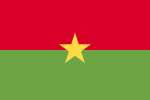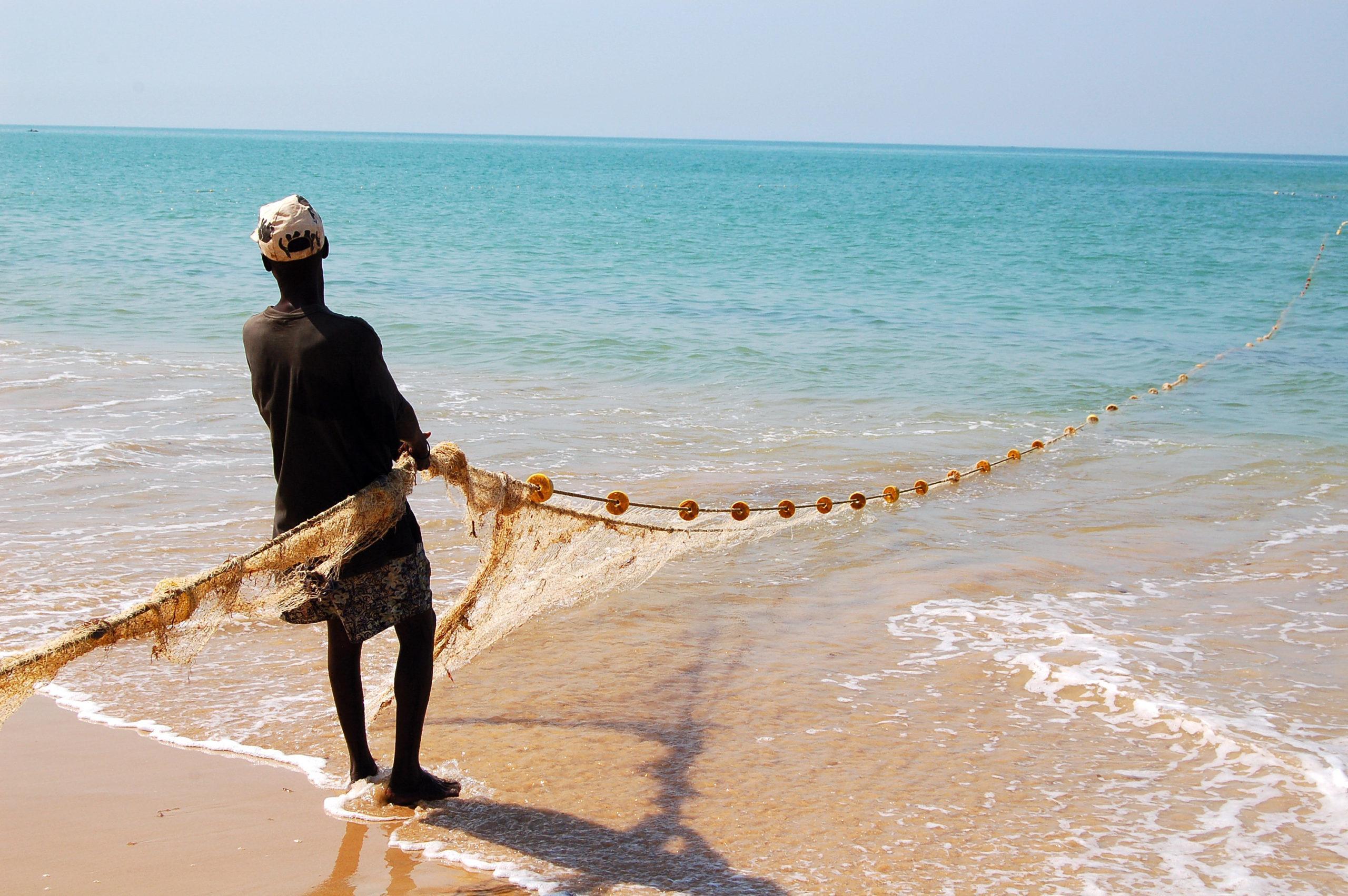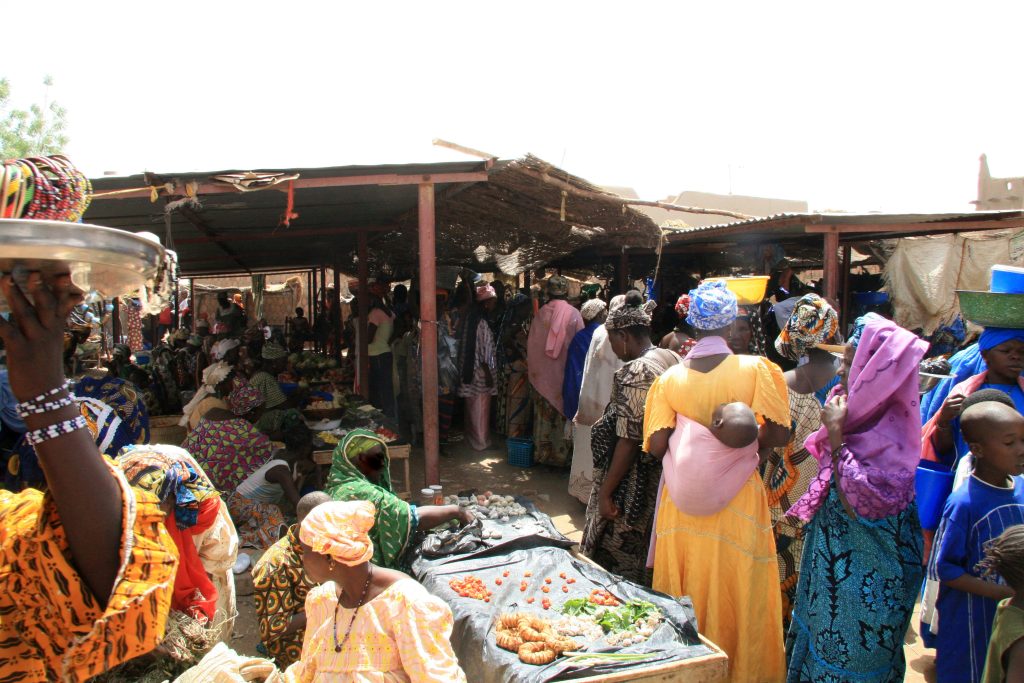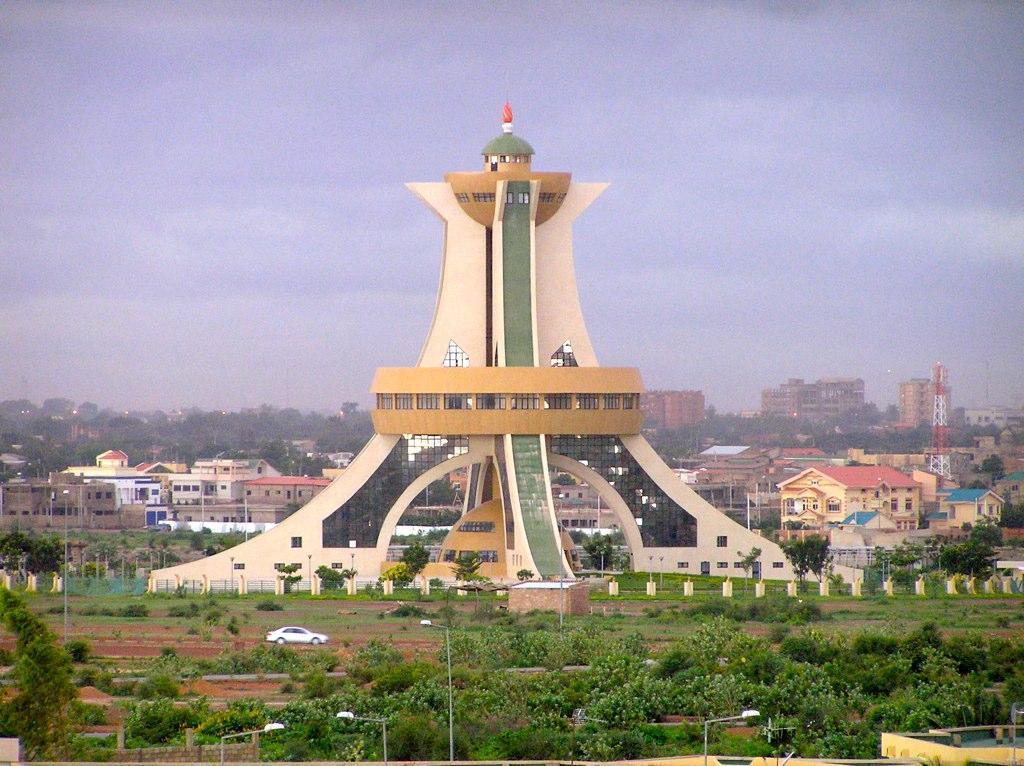Guinea-Bissau is the only Portuguese-speaking WAEMU member, with an area of 36,125 km 2 and a population estimated at 1,967,998 in 2020. The country’s economy is highly dependent on the political climate, the performance of the cashew nut industry and foreign aid.
With an estimated real GDP growth rate of 4.5% in 2019, Guinea-Bissau has experienced a revival of investor confidence after a period of instability, particularly since the signing in 2014 of an agreement with the International Monetary Fund (IMF) aimed at restoring macroeconomic balances and making reforms. Despite the negative impact of COVID-19, Guinea-Bissau’s economy grew by +1.5% in 2020 and the medium-term outlook remains favorable.
The Government of Guinea-Bissau also relies on the implementation of its development program for sustained growth and make Guinea-Bissau an attractive country for investors. Reforms have been made to help the country achieve the goals of the National Development Plan (the Guinea-Bissau Vision 2025), including the first phase covering the 2015-2020 period. These include reforms to strengthen public infrastructure, energy, water and sanitation.
I. AN ENCOURAGING ECONOMIC OUTLOOK
Guinea-Bissau’s real GDP growth rate is expected to rise from 1.5% in 2020 to 6.3% in 2021 before settling at 3.6%. This momentum would be driven by all sectors of activity in a context marked by the continued improvement in the political climate and the implementation of the economic recovery plan.
Growth in the primary sector is expected to rise from 3.2% in 2020 to 6.3% in 2021, enabling Guinea-Bissau to return to significant growth levels. After a decline of 6.2% in 2020, the cashew nut sector should return to growth in 2021 with an increase of 9.0% (Ministry of Economy and Finance). The primary sector should also benefit from support from the West African Development Bank (BOAD) in the amount of CFAF 5 billion received in 2021 to intensify food production through the development of crops such as rice.
Growth in the secondary sector is expected to increase from 1.4% in 2020 to 6.8% in 2021, an acceleration of 5.4 percentage points. In recent years, industry has benefited from the impact of large infrastructure and energy projects. Indeed, Guinea-Bissau is being supported by BOAD in strengthening its socio-economic infrastructure. This support mainly focuses on road and energy infrastructure. In 2021, the country received a loan of CFAF 5 billion from BOAD for the development and asphalting of the Bubba-Katio road to open up the southern region and facilitate trade.
As for the tertiary sector, after recording a growth rate of 2.5% in 2020, it should grow by 5.3% in 2021. This acceleration in growth is due to the expected increase in activity in the commercial sector, hotels and transport industries. In the telecommunications sector, World Bank funding for the country’s fiber optic infrastructure would be a significant boost to the sector.
II. KEY SECTORS OF THE ECONOMY WITH SIGNIFICANT RESULTS
From 2014 to 2019, the primary sector accounted for an average of 35.3 percent of Guinea- Bissau’s GDP. The primary sector is estimated to contribute 1.13 percentage points to GDP growth in 2020, while the secondary sector will contribute 0.18 percentage points to GDP growth in 2020.
The contribution of the service sector to GDP growth during the health crisis declined by 1.54 percentage points to 1.13 percentage points in 2020.
The trends observed in the primary sector are mainly due to progress in the agricultural sub- sector. As for the tertiary sector, the situation is explained by the good dynamics of the telecommunications and other services sub-sectors.
The structural composition of Guinea-Bissau’s GDP shows that the tertiary sector is the main source of wealth creation in the country. In 2020, this sector alone accounted for nearly 50.0% of GDP. The tertiary sector was resilient in 2020 with an estimated growth of 2.5%, despite the adverse effects of the measures imposed as part of the fight against COVID-19 on the commercial sector.
According to the Ministry of Economy and Finance (MEF), the tertiary sector will remain the main source of wealth creation in Guinea-Bissau in 2021, followed by the primary sector. These two sectors contribute to almost 90% of Guinea-Bissau’s GDP.
For a more complete picture of Guinea-Bissau’s economy and investment prospects, download
the country information note here.
Source: Guinea-Bissau’s Information note/ August 2021













